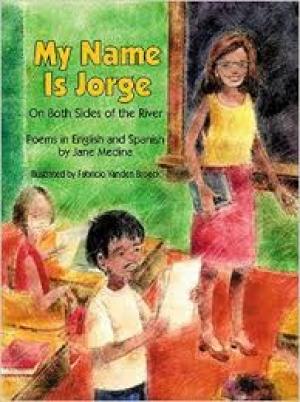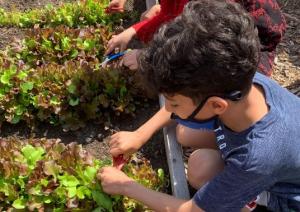The summer is a great time to work with English language learners (ELLs) and focus on individual student needs, help students catch up, prepare them for the following school year — and even have some fun!
Learn more about social and emotional learning (SEL) and how to engage English learners in SEL activities and routines in the classroom.
Photo by Allison Shelley for EDUimages
Moonlight Bay is a magical place — or it was once. After a tragic death mars the town, the pink and lavender waters in the bay turn gray, and the forest that was a refuge for newcomers becomes a scourge to the townspeople.
This collection of bilingual poems gives voice to a young boy who has recently come to the U.S. from Mexico. He wonders, for example, why he has suddenly lost all of his intelligence here if in his country he was smart.
Learn how an elementary school serving a high number of newcomer ELLs has succeeded in engaging students with multiple opportunities for hands-on learning.
Photo from Salina Elementary School. Used with permission.
In I'm New Here, readers meet three recent immigrants trying to adjust to a new country and school.
Learn how educators of refugees can support students' social-emotional health, academic instruction, and acclimation to a new life in the U.S.
Many students encounter difficulty as they transition from "learning to read" to "reading to learn" in fourth grade, and this difficulty can be even more pronounced for English language learners.
What are "newcomer" programs? What are their pros and cons?
Newcomer programs are programs designed for recent immigrants at the secondary school level who have little or no English proficiency, and limited or no formal education in their native countries.






